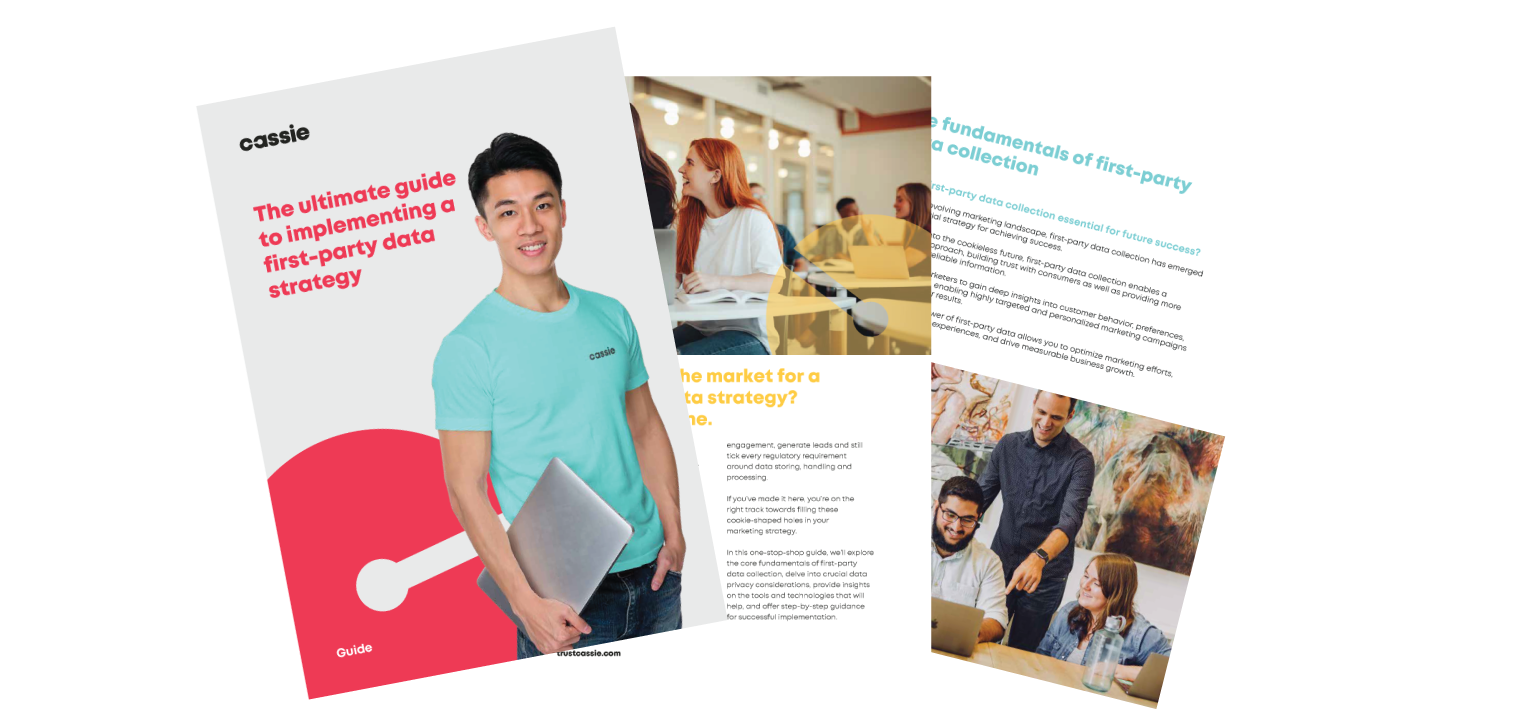4 privacy-first marketing tactics
Posted: October 2, 2024
Marketing is a hard job. First, companies require and carefully track return on investment for marketing spend, so marketing is very much a ‘what have you done for me lately’ position. Second, marketing itself is rapidly changing. Increased attention to a customer-first orientation, innovative technologies, new media outlets and arrangements, and evolving consumer perceptions all contribute to a continuously moving target.
Speaking of it being hard to keep up with changes – marketing also increasingly relies on market research and expanded uses of test marketing. In other words, marketers must not only keep up with ROI numbers, and ever-changing marketplace factors, but they must also keep up with thousands if not millions of data points on which to base complex marketing decisions about message, media, audience, cadence, and campaigns.
Fortunately, research shows that while privacy concerns can be another friction point in the customer’s experience, making marketing’s job even harder, privacy done well makes the marketing job much, much easier.
For example, a Google study shows that around 43% of people say that they would switch to a second-choice brand if that brand provided a good privacy experience. Though privacy is also certainly a compliance, legal, and ethical motion – it is also an effective marketing lever.
So how to effectively transition to a productive privacy-first marketing strategy? It goes without saying, but in order for a privacy-first marketing strategy to be effective, the organization has to put privacy first. This means investing in intense, cross-functional efforts to design and implement a united, consistent set of privacy-by-default privacy experiences that make sense to the consumer, are easy to use, and allow consumers to walk away with a feeling of control over their personal data.
It may be useful to point out that, in the marketing world, the saying “perception is reality” is another truism. As applied to privacy, research shows that just having privacy-sensitive practices and consumer control over personal data is not enough. The consumer must feel that it is the case as well, which means close attention to customer experience principles in the design and implementation of all outwardly-facing privacy experiences. It is also interesting to note that the single most vital component to helping individuals feel that they are in control of their personal data is asking how and how often they want to be reminded about privacy settings.
Once an organization is confident in its outward-facing privacy experiences and back-office privacy operations, there are also some privacy-first marketing tactics that can help transform privacy into a marketing benefit.
- Rely on first-party data
- Obtain explicit consent
- Leverage privacy-focused analytics tools
- Work through cross-functional teams
Rely on first party data
Third party data, such as data provided through third party cookies, has been a staple in the marketing world for years. Now, though, with increased customer sensitivity to data sharing, more privacy laws that address third party data sharing, and deprecation of third-party cookies – third party data may become outdated. This is the time for the organization to move to clearly explained, consented, first party data.
The good news is that moving away from third party data can lead to tangible marketing benefits in the end. For example, one company reported a 27% reduction in cost per acquisition. Advances in consumer trust and control are additional benefits.
Obtain explicit consent
If consumer perception (and reality) of control over personal data is the key to privacy-first marketing, obtaining explicit consent for data collection and use is the cornerstone of that privacy-first position. Though not all jurisdictions will require explicit, opt-in consent for all data collection and uses, it may be useful to consider applying that gold standard across the board even in non-applicable geographies and instances.
Though the marketing database may fill slightly more slowly as a result, the branding, consumer trust, simplicity, and future-proofing benefits of moving to an explicit consent model may outweigh that concern. Also, a marketing database of people who have explicitly requested contact will be exponentially more productive than a slightly larger database of people who just had not bothered (yet) to say no.
No consent can occur in a vacuum, so adequate, clear, easy-to-understand notice of to what the individual is agreeing is critical. One study suggests that 8 in 10 adults believe that companies should provide more detail up front about what data they collect from websites. Giving people the right information at the right time and with the right context and allowing people to explicitly agree if they see a value in doing so, will result in positive, privacy-first outcomes.
Leverage privacy-focused analytics tools
Data is the bread and butter of marketers, so the more useful privacy-related data available, the better. Marketers are also uniquely qualified to conduct research, including privacy research, and act on the results. A-B testing, consumer research, and Artificial Intelligence (AI)-driven analytics are all common marketing activities. Marketing organizations can not only apply analytics to arrive at the right tone or message for privacy – they can also test the right timing, context, and experience design to help craft the right set of privacy experiences end-to-end. Applied to the privacy space, these and other analytics tools and techniques can give amazing insights into what customers really want – which is the whole goal of a customer-centric, privacy-first strategy.
Work through cross-functional teams
Privacy-first marketing requires expertise in not only privacy and general marketing, but also legal, IT/IS, data governance, data analytics, and many other groups. Cross-functional teamwork may take longer, but ultimately it will result in better outcomes that solve for the entire organization rather than one, narrower, set of concerns.
In summary, the combination of third-party cookie deprecation, increased consumer demand for privacy controls, and sophisticated organizational needs for more, and more accurate data create a perfect storm for a privacy-first strategy.
Benefits of this type of strategy impact not only privacy compliance, but also marketing – so tight partnership with marketing and other groups to create a privacy-first marketing strategy can result in business benefits for years to come.


